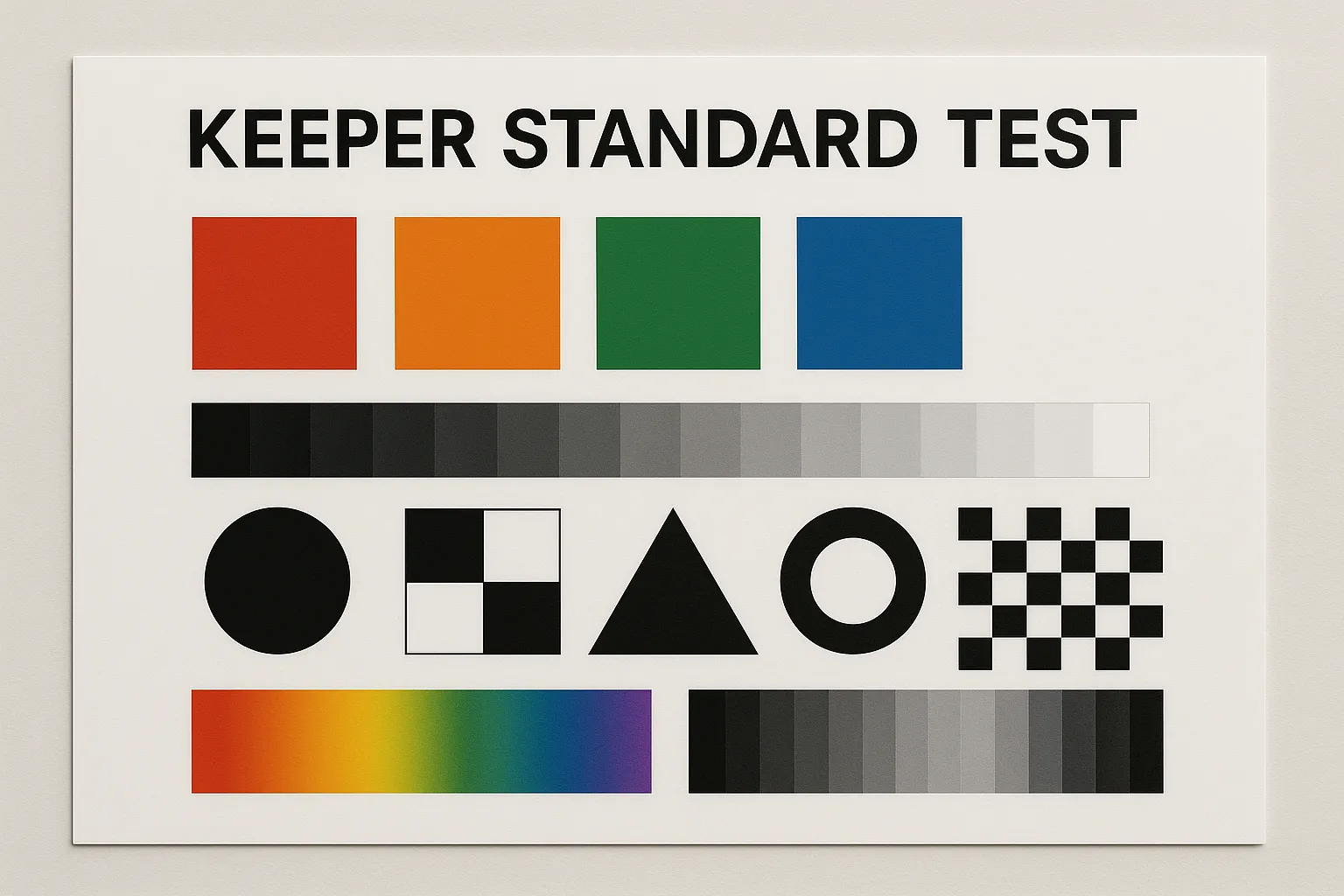Table of Contents
In the world of sports and technology, accurate performance evaluation is key to achieving success. Enter the Keeper Standard Test—a comprehensive framework that’s reshaping how we assess sports performance and algorithmic fairness. Whether you’re a football coach looking to improve your goalkeeper’s agility or a tech company ensuring your AI is free from bias, the Keeper Standard Test provides a structured and reliable approach.
This methodology combines quantitative metrics, controlled assessments, and actionable insights to deliver data-driven results. In this blog, we’ll dive into how the Keeper Standard Test works, its applications in sports and AI technology, and what makes it a powerful tool for the future.
What is the Keeper Standard Test?
The Keeper Standard Test is a multi-phase evaluation protocol used in sports and technology to measure performance. Initially developed for football (soccer) goalkeepers, it has expanded to AI auditing and operational excellence in various sectors. The test is based on three main phases:
- Benchmark Definition: Establishing performance standards with experts.
- Controlled Evaluation: Testing under standardized conditions.
- Actionable Reporting: Providing clear, actionable insights for improvement.
Whether in sports or AI, the test emphasizes transparency, reproducibility, and actionability, offering both quantitative and qualitative data to users.
Applications of the Keeper AI Standard Test in Sports
Goalkeeper-Specific Fitness Testing
In football, goalkeepers need specific training to be at their best. Unlike field players, goalkeepers require explosive power, agility, and quick reactions. The Keeper Standard Test helps coaches measure these abilities using modified drills such as:
- Modified Yo-Yo Test: Measures agility through side shuffles and backward runs.
- 505 Agility Drill: Tests how fast goalkeepers can change directions.
- Vertical Jump Test: Measures leg strength using force plates.
These tests focus on the key physical attributes goalkeepers need to excel in their positions.
Reaction Time Metrics
In modern goalkeeper training, reaction time is critical. The Keeper AI Standard Test includes visual stimuli drills that measure how quickly goalkeepers react to changing scenarios, including:
- Simple Reaction Time: Measuring response time to predictable cues.
- Choice Reaction Time: Testing decision-making speed under various stimulus conditions.
These assessments are crucial for tracking improvement in a goalkeeper’s ability to react quickly during real-game scenarios.
The Keeper Standard Test in Technology: AI Auditing
Algorithmic Fairness Audits
In the tech world, particularly with AI, fairness and transparency are increasingly important. The Keeper Standard Test provides a framework to audit AI systems for bias and compliance with regulations like GDPR.
- Disparate Impact Analysis: Compares AI outputs across demographic groups to ensure fairness.
- Counterfactual Testing: Checks how small changes in inputs affect AI decisions.
These tests help companies ensure that their AI systems are fair, transparent, and compliant with regulations.
Regulatory Compliance and Cybersecurity
The Keeper AI Standard Test also plays a role in AI compliance, providing detailed reports for:
- Right to Explanation: Offering clarity on the decisions made by automated systems.
- Human Oversight: Ensuring AI decisions are reviewed by humans in cases of uncertainty.
- Cybersecurity Stress Testing: Measuring how secure systems are under cyberattacks, such as brute force or phishing simulations.
Challenges and Limitations of the Keeper Standard Test
While the Keeper Standard Test is a powerful tool, it does come with some challenges:
- Cost of Domain-Specific Adaptation: Tailoring the test to specific industries can be expensive. For example, football clubs may spend £12,000–£18,000 annually on goalkeeper-specific testing equipment.
- Validity of Measurement: In AI, over-reliance on public benchmark datasets can lead to overfitting, which reduces the accuracy of real-world performance.
- Data Privacy and Ethical Considerations: Both sports and AI testing require compliance with privacy laws, like GDPR, and ethical issues may arise from sensitive data usage.
Future of the Keeper Standard Test
The Keeper Standard Test is evolving. It’s expanding into more industries and refining its methodology with new technological integrations. For example:
- Haptic Feedback: Real-time posture corrections for goalkeepers during drills.
- Differential Privacy in AI: Safer testing on sensitive datasets.
- ISO Standardization: Efforts are underway to make the Keeper Standard Test protocols official standards for AI and sports analytics.
Final Words
The Keeper Standard Test is transforming how we evaluate performance, whether it’s goalkeeper training or AI fairness. By focusing on transparency, reproducibility, and actionability, the test provides a reliable framework that delivers consistent results across various fields.
As it continues to evolve, it promises to be a key player in performance evaluations for both sports and technology.
If you’re involved in any field that requires performance measurement, the Keeper Standard Test could be the tool you need to achieve higher standards and greater success.




